Like:
Share:
Opal has been a popular gem for many centuries and has a very interesting structure. Opal is considered a mineraloid because this structure is not truly crystalline. The chemistry of Opal is primarily SiO2 and varying amounts of water. The amount of water varies from 5% to 10% and sometimes greater. This water can help geologists determine the temperature of the host rock at the time the opal formed. Although there is no crystal structure, (meaning a regular arrangement of atoms) opal does possess a structure nonetheless. Random chains of silicon and oxygen are packed into extraordinarily tiny spheres. These spheres in most Opals are irregular in size and inconsistent in concentration. Yet in Precious Opal, the variety used most often in jewelry, there are many organized pockets of the spheres. These pockets contain spheres of approximately equal size and have a regular concentration, or structure, of the spheres. This has the effect of diffracting light at various wavelengths, creating colors. Each pocket produces a different color and with a different intensity, depending on the angle from which a viewer sees it. The multicolored flashes of light that Opal emits gives it a truly beautiful and valuable look. This effect is called a "play of light", and not "opalescence". The latter term describes the milky nature of the translucence of opal, and is more properly compared to the appearance of water to which a few drops of milk have been added. The name opal probably is derived from the Sanskrit name for precious stone; upala. It has been mined for centuries, at least since Roman times when they extracted the opal from areas now within the Czech Republic. The Aztecs made use of local Mexican sources as did the Spaniards when they exported the material back to Europe. Today most precious opal comes from Australia with significant sources from Mexico and the Western United States. Not all opal is so precious however. Common opal lacks opalescence, color or luster and is . . . after all . . . common. Opal is often imitated, forged and "enhanced". Fluorescence, while somewhat unreliable is a good method to determine authenticity. Opal is the modern Birthstone for October. PHYSICAL CHARACTERISTICS:
Amethyst Galleries sells natural opal specimens. For Fine Jewelry, see our affiliates:
|
 Amethyst Galleries' Mineral Gallery MINERALS |
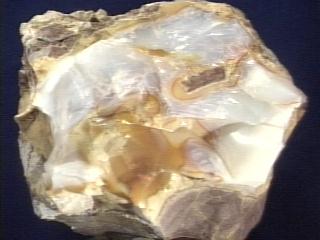
$ 60.00

opa-1 ($ 60.00)
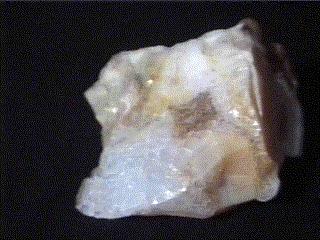
$ 40.00

opa-3 ($ 40.00)
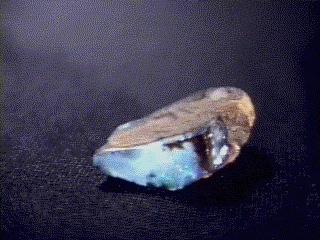
$ 20.00
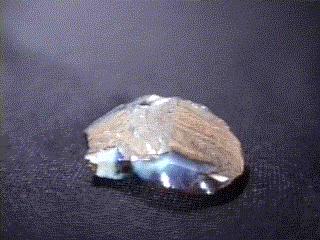

opa-4 ($ 20.00)
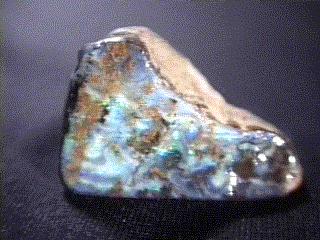
$ 45.00

opa-5 ($ 45.00)
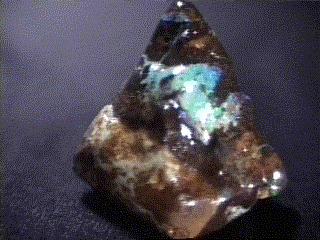
$ 35.00
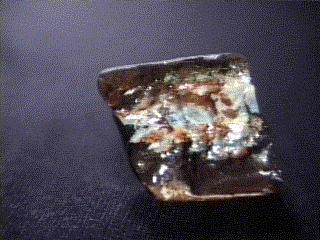

opa-6 ($ 35.00)
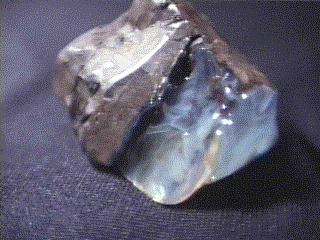
$ 20.00

opa-7 ($ 20.00)
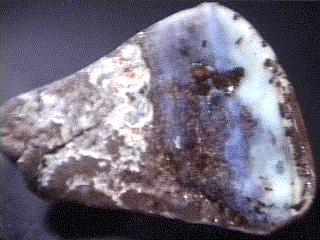
$ 35.00

opa-8 ($ 35.00)
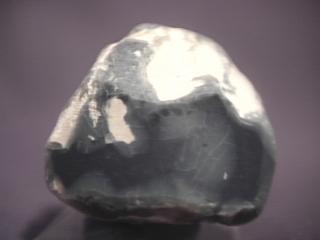
$ 20.00

opa-9 ($ 20.00)

$ 30.00

opa-10 ($ 30.00)

$ 150.00
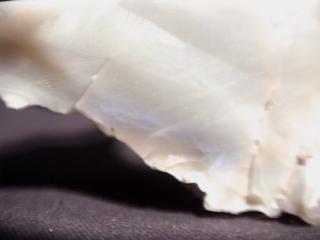

opa-11 ($150.00)

$ 200.00
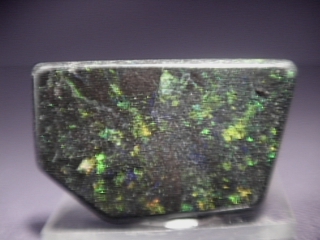

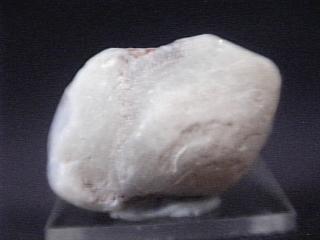
$ 60.00
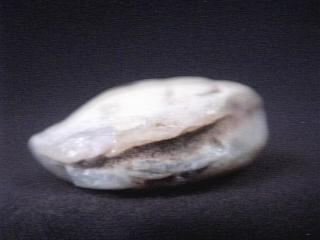

opa-13 ($ 60.00)
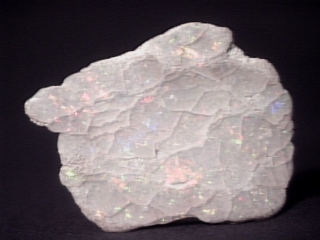
$ 225.00

opa-14 ($225.00)
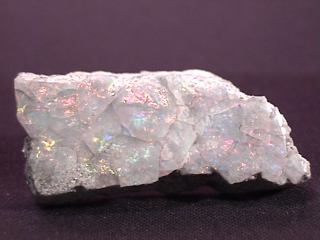
$ 120.00

opa-15 ($120.00)

$ 40.00


opa-16 ($ 40.00)
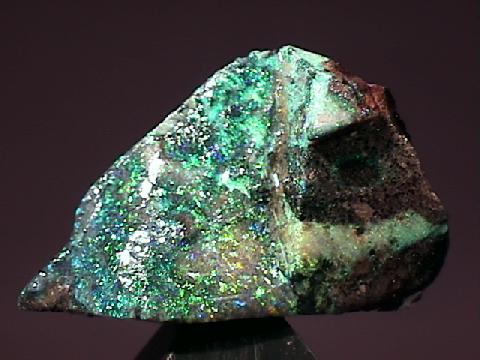
$ 35.00
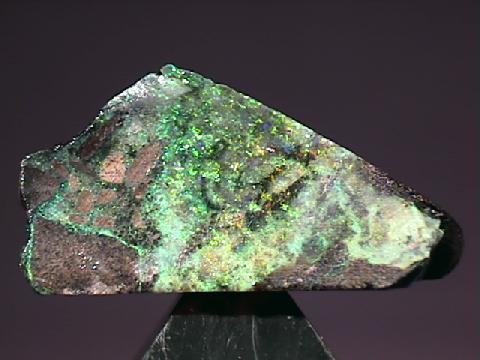

opa-17 ($ 35.00)
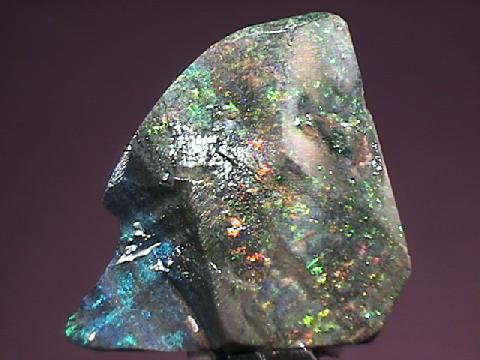
$ 30.00
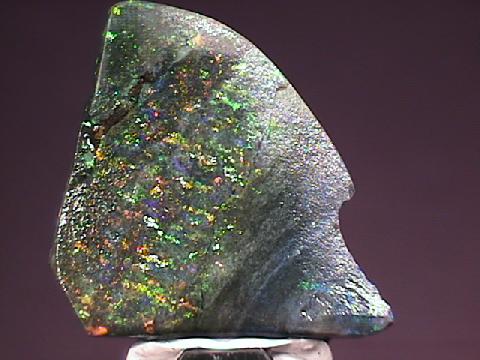

opa-18 ($ 30.00)
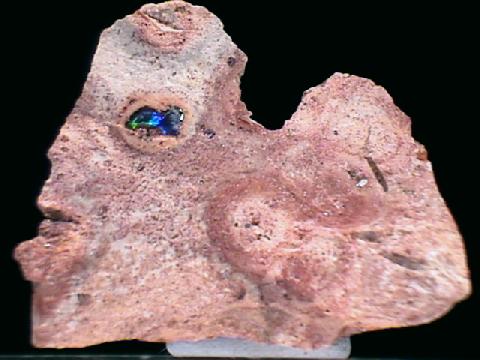
$ 48.00

opa-19 ($ 48.00)
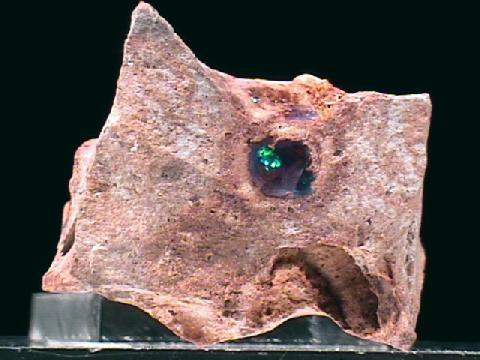
$ 48.00

opa-20 ($ 48.00)
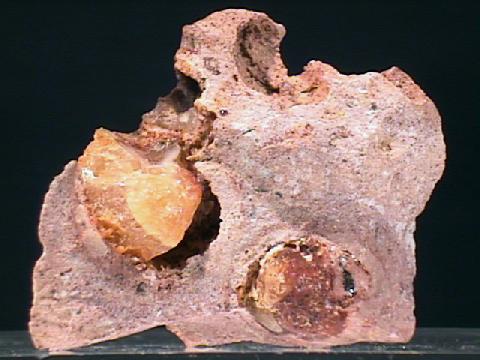
$ 25.00

opa-21 ($ 25.00)
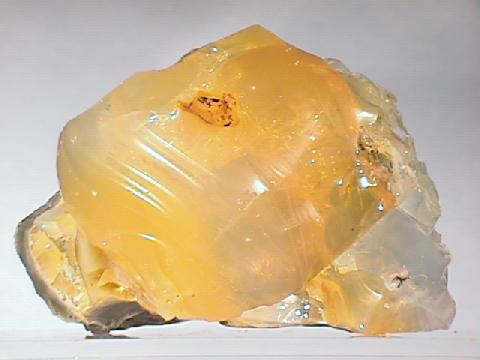
$ 120.00
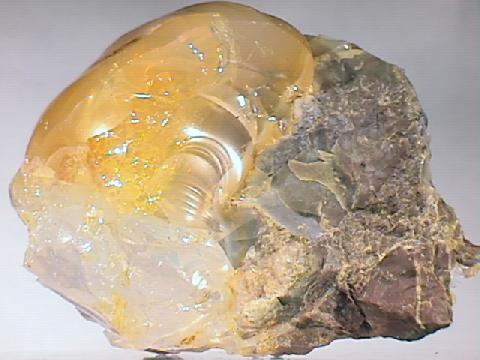

opa-22 ($120.00)
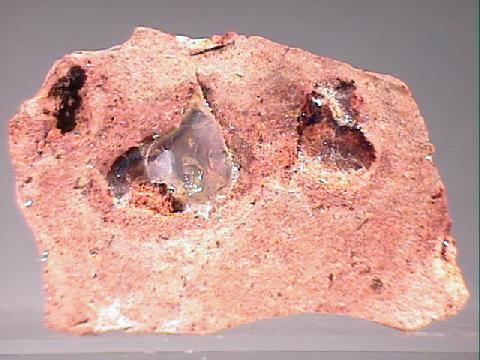
$ 25.00

opa-23 ($ 25.00)
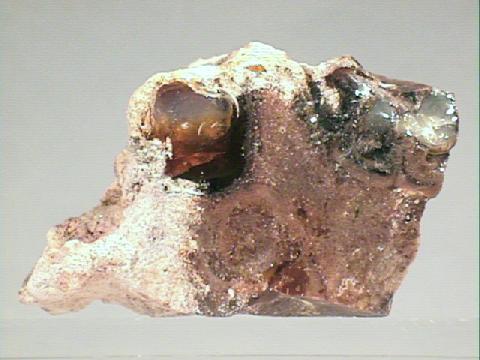
$ 25.00

opa-24 ($ 25.00)

$ 90.00
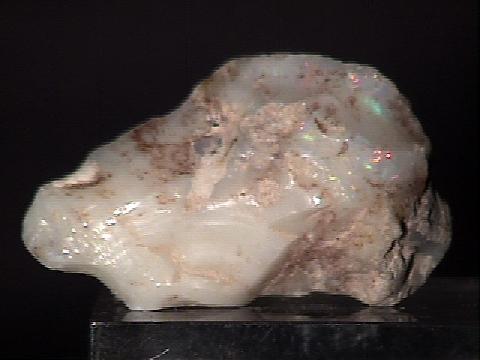

opa-28 ($ 90.00)
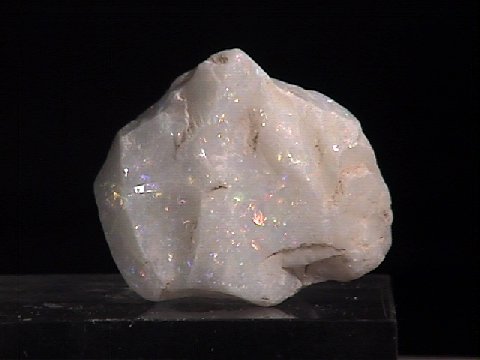
$ 70.00
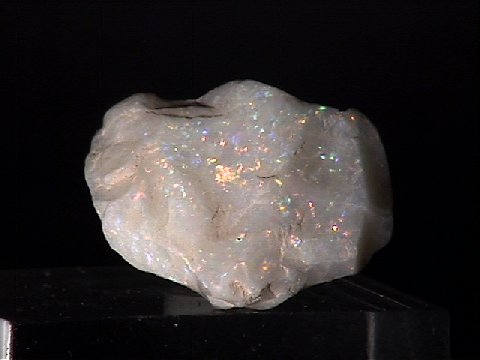

opa-29 ($ 70.00)
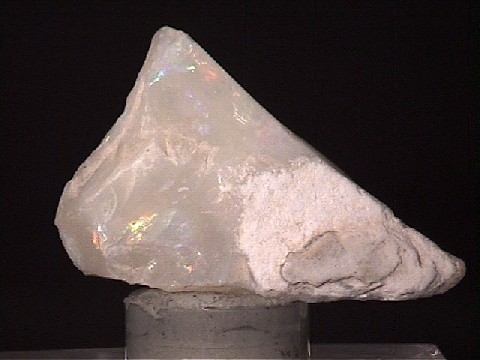
$ 58.00

opa-30 ($ 58.00)
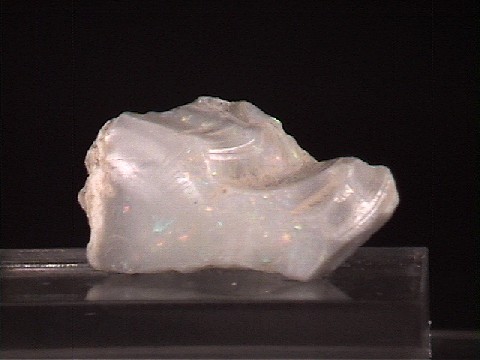
$ 43.00

opa-31 ($ 43.00)

$ 225.00
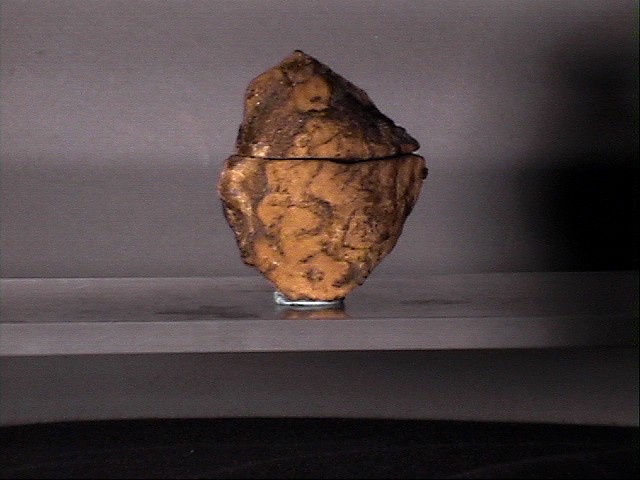

opa-26 ($225.00)

$ 40.00
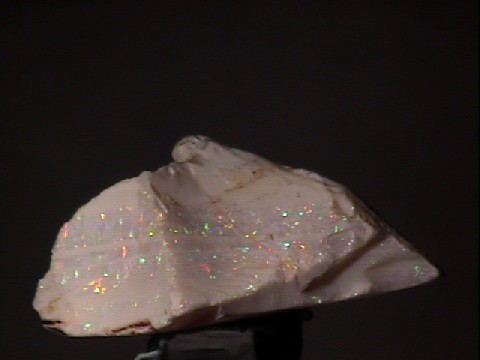

opa-25 ($ 40.00)
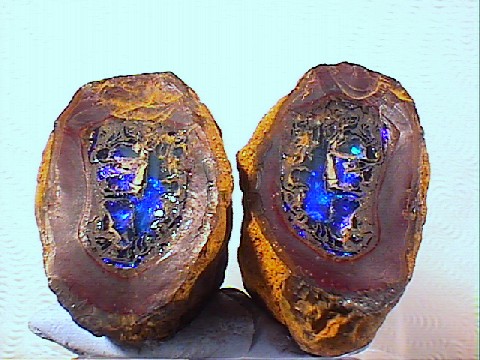
$ 75.00
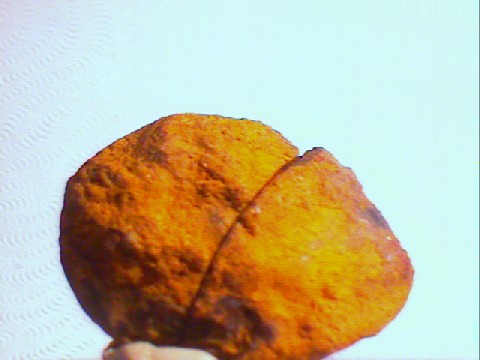

opa-27 ($ 75.00)
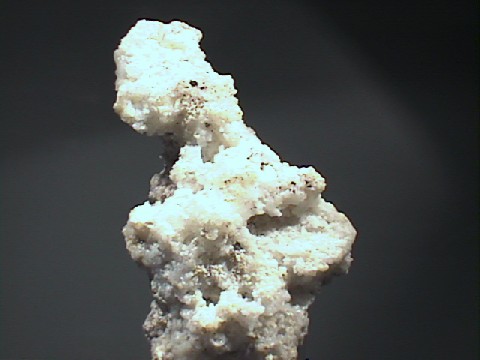
$ 65.00
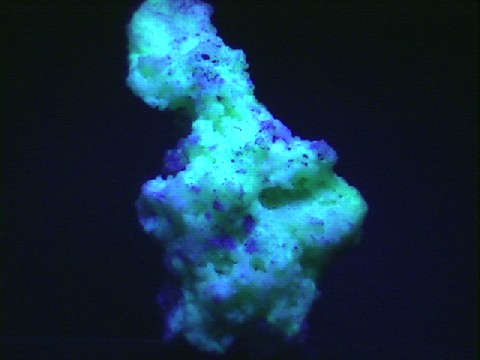

opa-35 ($ 65.00)
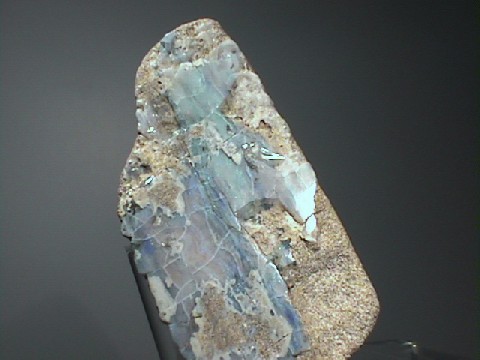
$ 110.00
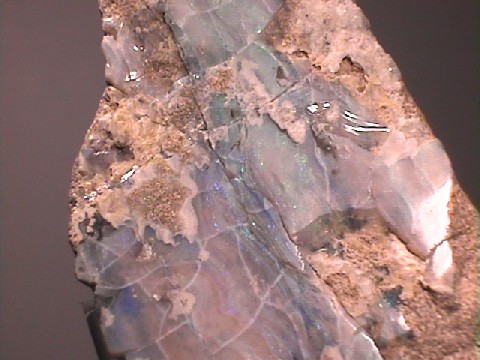

opa-33 ($110.00)
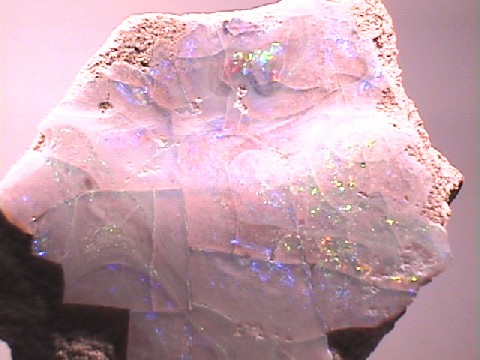
$ 135.00
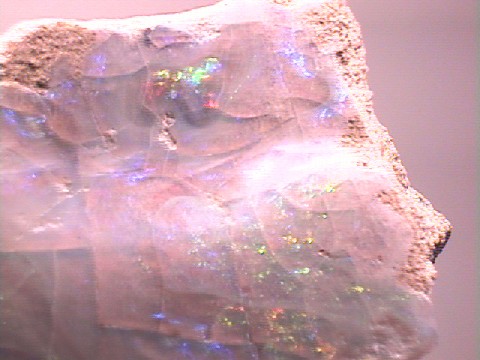

opa-32 ($135.00)

$ 125.00
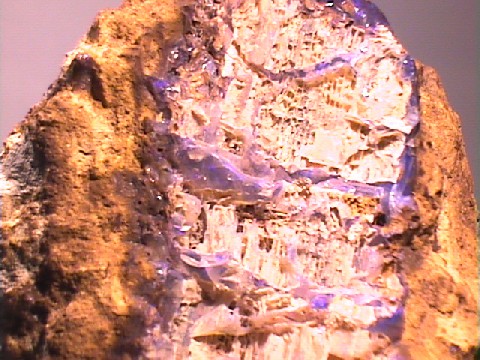

opa-34 ($125.00)

$ 53.00


opa-36 ($ 53.00)
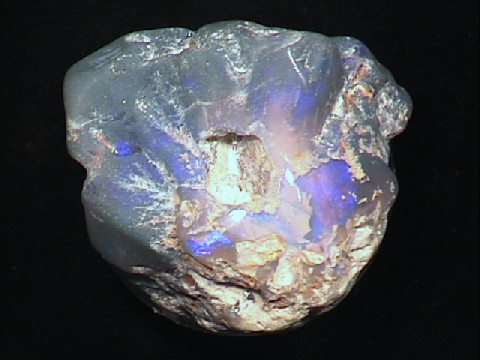
$ 50.00
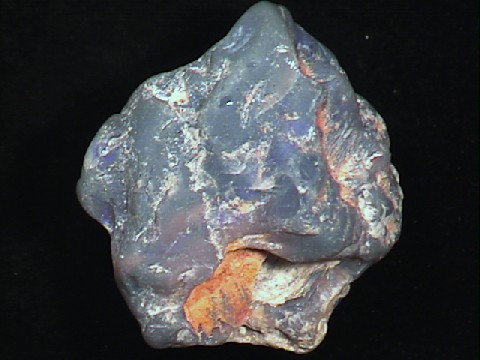

opa-37 ($ 50.00)

$ 30.00

opa-39 ($ 30.00)
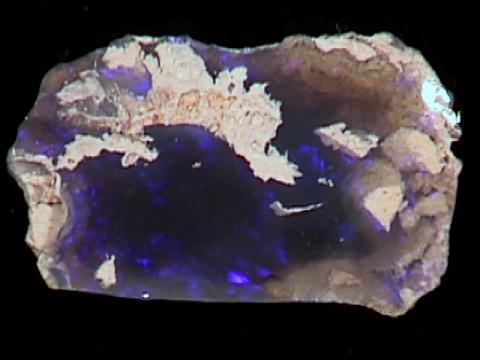
$ 40.00


opa-38 ($ 40.00)
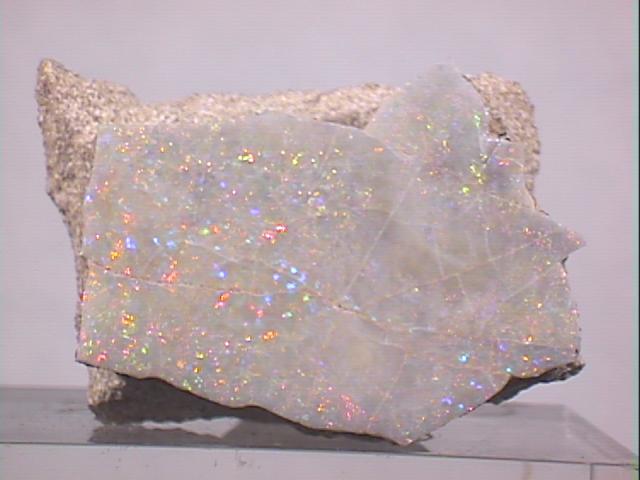
$ 53.00
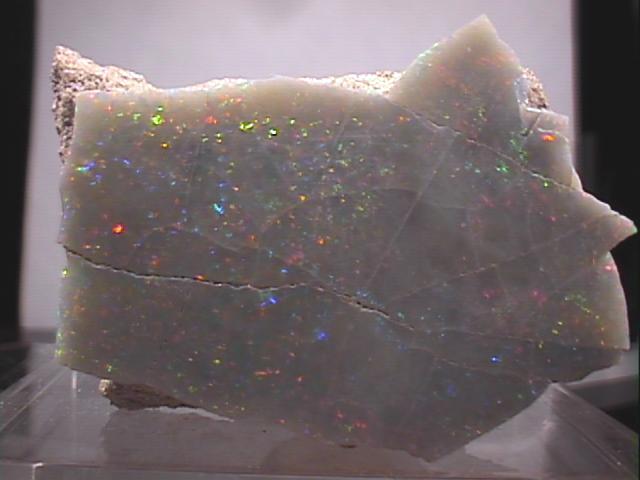

opa-40 ($ 53.00)
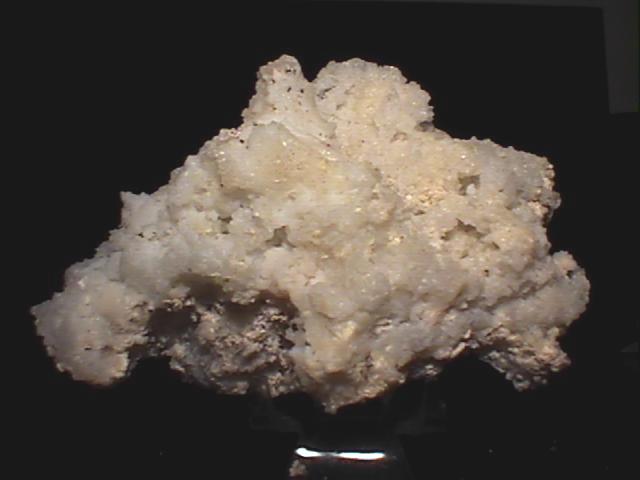
$ 45.00
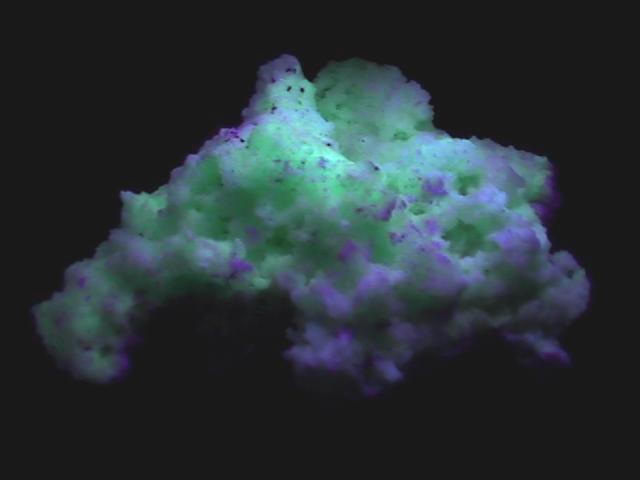

opa-42 ($ 45.00)

$ 53.00


opa-41 ($ 53.00)

